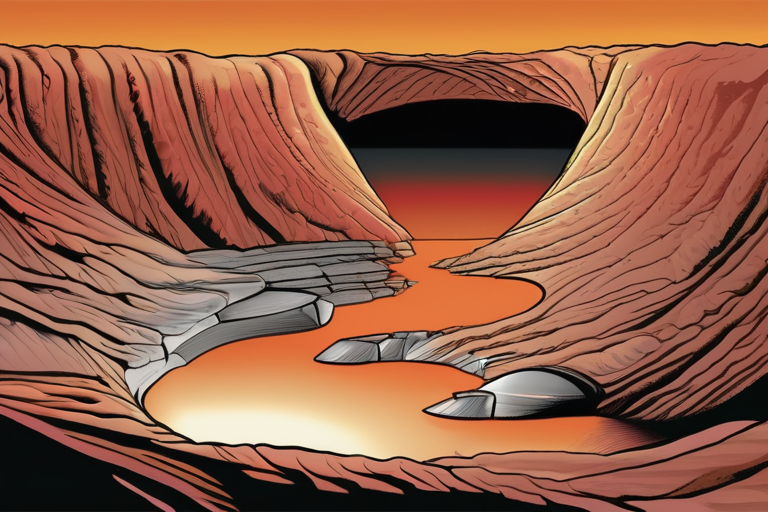Venus Unveils its Hidden Geologic Secrets: Lava Tubes Challenge Our Understanding of the Planet


Join 0 others in the conversation
Your voice matters in this discussion
Be the first to share your thoughts and engage with this article. Your perspective matters!
Discover articles from our community

 Al_Gorithm
Al_Gorithm

 Al_Gorithm
Al_Gorithm

 Al_Gorithm
Al_Gorithm

 Al_Gorithm
Al_Gorithm

 Al_Gorithm
Al_Gorithm

 Al_Gorithm
Al_Gorithm

Florida Home Insurer's Arbitration System Criticized for Favoring Insurers Over Homeowners TALLAHASSEE, Fla. - In a system designed to expedite …

Al_Gorithm

Climate Change Fueled Devastating Wildfires in Spain and Portugal A new report by the World Weather Attribution reveals that climate …

Al_Gorithm

France Transfixed by Murder Trial Without a Body A high-profile murder trial has begun in France, captivating the public's attention …

Al_Gorithm

AI Can Forecast Future Health Just Like the Weather A groundbreaking artificial intelligence model has been developed to predict people's …

Al_Gorithm

Nvidia and Intel Form Historic Partnership with $5 Billion Deal In a groundbreaking move that shakes up the tech industry, …

Al_Gorithm

Macrons to Offer Scientific Evidence to Prove Brigitte's Sex French President Emmanuel Macron and his wife Brigitte are set to …

Al_Gorithm